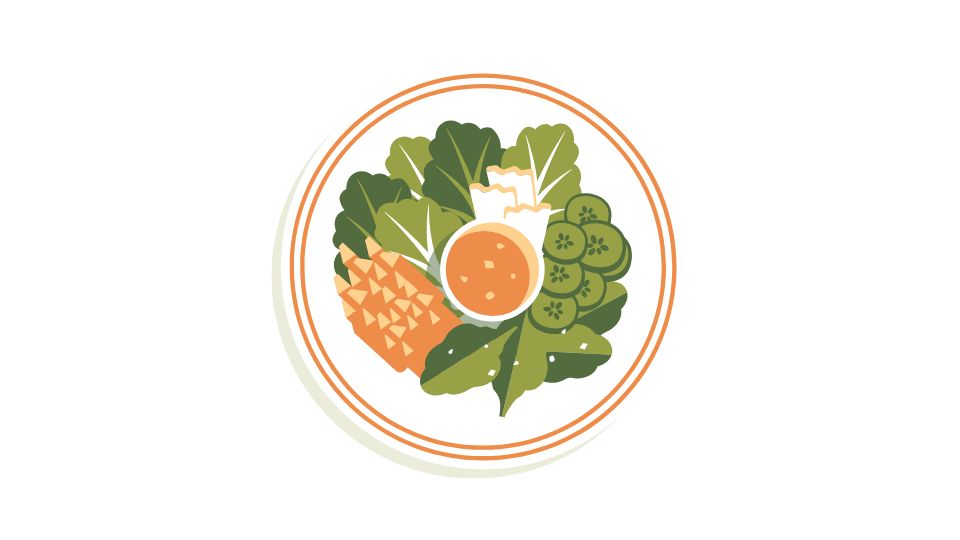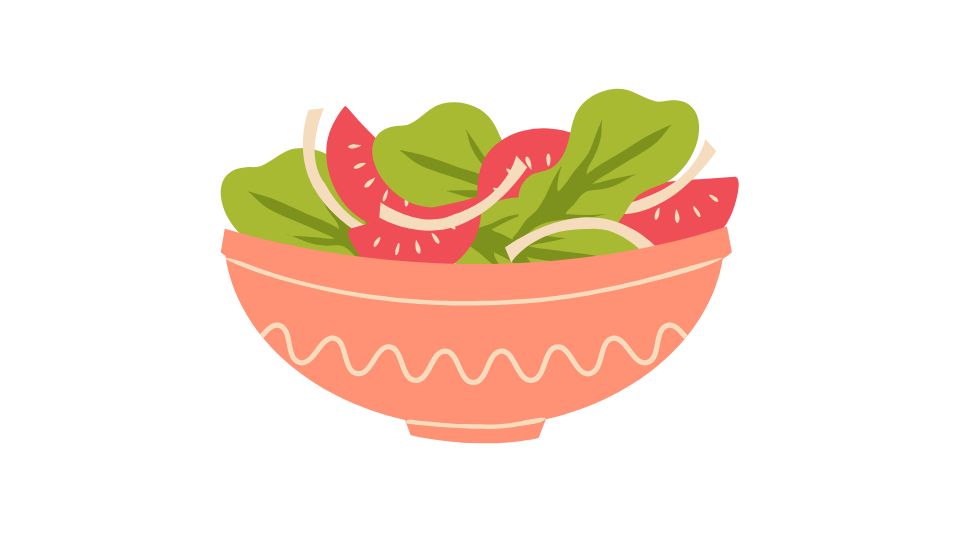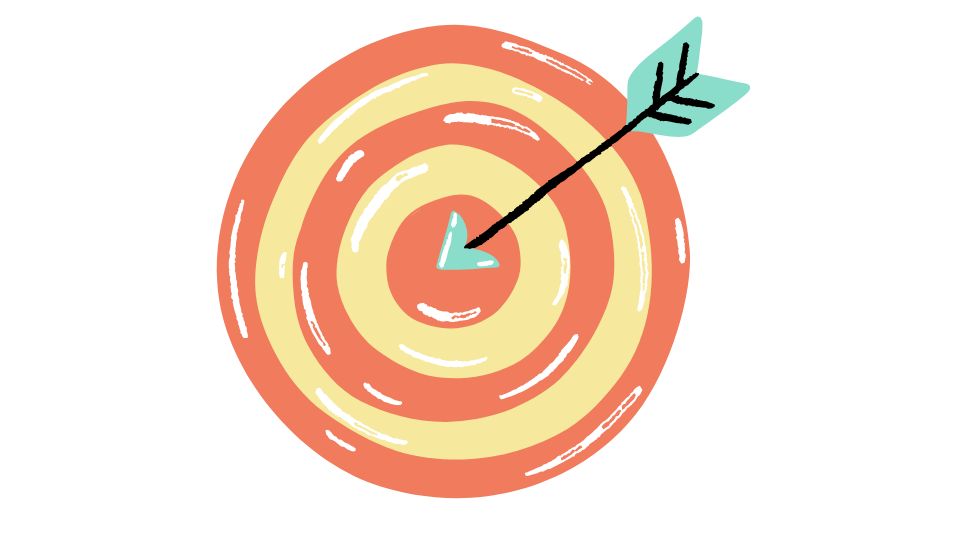Ever find yourself wondering if your vegan diet is actually giving you all the nutrients you need? Or maybe you’re drowning in quinoa and kale but have no idea if you’re getting enough protein?
Let me tell you – tracking your meals on a plant-based diet doesn’t have to feel like rocket science or a full-time job. And no, you don’t need to weigh every chickpea that goes into your mouth.
I’ve spent way too much time figuring this out myself, so I’m going to break down how to track your plant-based meals in a way that actually makes sense (and doesn’t drive you crazy).

Why Track Your Plant-Based Meals Anyway?
Let’s be real – plant-based diets are amazing for your health and the planet, but they can leave some nutritional gaps if you’re not paying attention.
The biggest concerns? Protein, iron, B12, and omega-3s are the usual suspects.
Without some intentionality, you might find yourself wondering why you’re constantly tired (hello, iron deficiency) or why your recovery from workouts feels so slow (not enough protein, perhaps?).
Tracking doesn’t mean obsessing. It just means being aware enough to make sure you’re not living on pasta and vegan ice cream (though both have their place in a balanced life, trust me).
Three Practical Ways to Track Your Plant-Based Meals

1. The “Eyeball It” Plate Method
No apps. No calculators. Just your plate and your eyeballs.
Here’s how it works:
- Fill half your plate with colorful veggies (the more colors, the better)
- Use a quarter for your protein (beans, tofu, tempeh, seitan)
- Use the other quarter for complex carbs (quinoa, brown rice, sweet potato)
- Add a thumb-sized portion of healthy fats (avocado, nuts, seeds)
This method is perfect if you’re the type who would rather do literally anything than count calories or macros. It’s simple but effective for maintaining balance without the headache.
According to research from Harvard Health, this visual approach helps ensure you’re getting a good mix of nutrients without needing to track every gram.
2. The Hand Portion System
Your hand is actually the perfect portable measuring tool (and you always have it with you I hope).
- Protein: Palm-sized portion (tempeh, tofu, legumes)
- Veggies: 1-2 fist-sized portions
- Carbs: Cupped hand for grains, starches
- Fats: Thumb-sized portion of nuts, seeds, or avocado
The beauty of this system is that it’s proportional to your body size. Bigger person = bigger hands = bigger portions. It’s almost like your body knows what it needs!
Precision Nutrition has some great visual guides showing how this works in practice.
3. The Tech Approach
If you’re a data person who loves seeing numbers and trends, there’s an app for that. Actually, there are hundreds, but a few stand out for plant-based eaters:
MealByMeal: Just text your meals and get instant breakdowns of calories and macros. Super simple for busy people who don’t want to scroll through food databases.
Voice tracking apps: Because typing everything is so 2010. Just tell your phone what you ate and let technology do the rest.
Plant-specific apps: Some apps are designed specifically for vegans and vegetarians, with better databases of plant foods and fortified products.
According to a study in the Journal of Medical Internet Research, people who use digital tools to track their nutrition tend to maintain healthier eating patterns long-term.
Common Pitfalls (And How to Avoid Them)

The “All Plants Are Healthy” Trap
Just because it’s plant-based doesn’t automatically make it nutritious. Oreos are vegan, but they’re not exactly a superfood.
Focus on whole food sources most of the time, and enjoy the processed stuff as occasional treats.
The Protein Panic
Many new plant-based eaters obsess over protein. But here’s the thing – if you’re eating enough calories from a variety of whole plant foods, you’re probably getting enough protein.
Aim for 3-4 good protein sources daily (beans, tofu, tempeh, seitan, or a quality plant protein powder) and you’ll likely hit your targets without stressing.
The Supplement Situation
Some nutrients are just harder to get from plants alone. According to the Academy of Nutrition and Dietetics, vitamin B12 supplementation is recommended for all plant-based eaters.
Other supplements to consider: vitamin D, omega-3s, and potentially iron (especially for menstruating women).
Making It Sustainable (The Diet and The Planet)

The best tracking method is the one you’ll actually stick with. If you hate an app, you’ll stop using it. If weighing food makes you anxious, it’s not worth it.
Start simple. Maybe just track one meal a day, or only track weekdays. Give yourself grace for social events and travel.
Remember why you’re doing this in the first place – to feel your best while also doing good for the planet and animals. The goal isn’t perfection; it’s progress.
In summary, meal tracking on a plant-based diet doesn’t have to be complicated. Choose a method that fits your personality and lifestyle, focus on variety, and be consistent but not obsessive.
Your future energetic, nutrient-balanced self will thank you. And so will the planet.




Leave a Reply